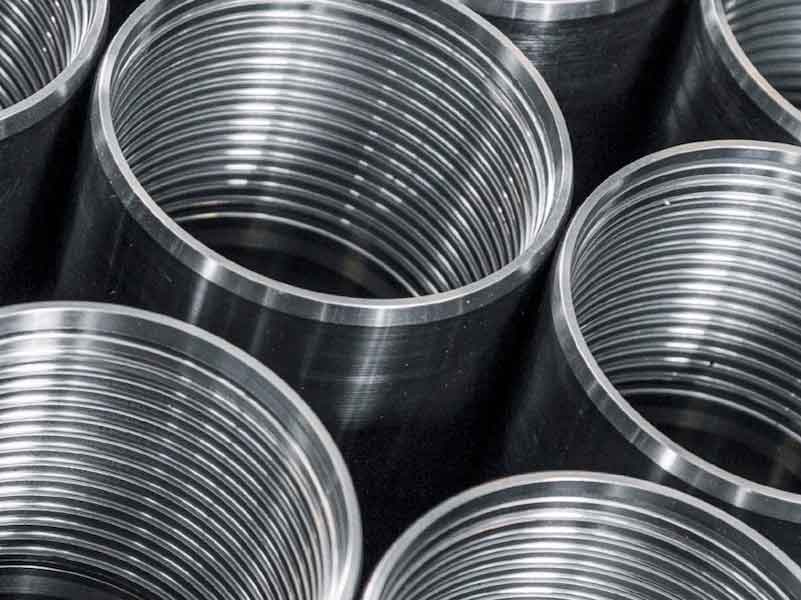Mention the term “drift’ to quality managers, and you’ll get a response that may be the equivalent to pouring vinegar into the coffee and then watching them take a sip. It isn’t pretty, and certainly not efficient. And it leaves a bad taste in everyone’s mouth.
As time goes by, ‘Configuration Drift’ often occurs when facilities make improper modifications to their process — or simply fail to maintain proper controls – and end up allowing their systems and process to become out of proper compliance.
This was the case when Hubbard-Hall was recently called in to assist a metal finisher who was having trouble with their vacuum degreasing cleaning system that had gone a bit haywire.
Switched From N-Propyl Bromide
About five years earlier, the metal finisher switched from n-propyl bromide (nPB) to perchloroethylene (perc) due to concerns over OSHA worker exposure limits. They purchased two vacuum degreasers in order to increase efficiency and meet cleaning requirements. The machines ran as expected for several years, but recently things began to change as problems began to occur with the equipment, and eventually the inferior cleaning process.
Hubbard-Hall’s team called in to look at the cleaning system’s equipment and chemistry to try to learn what went so wrong so quickly. It was discovered that an internal lack of understanding on the part of the metal finishing company’s staff regarding the monitoring and maintenance of the solvent cleaning process caused the solvent to go acid because stabilizers were not added consistently.
The acid resulted in pinholes in the vacuum degreasing equipment cooling coils, and leaks in the oil/water separator. Water leaked into the machine, causing continued acidification of the solvent. Worse, the machine was down about 20% of the time, reducing the metal finisher’s monthly output, costing them big money and creating headaches with their customers who had to wait on parts.
Training of Quality and Lab Staff
The Hubbard-Hall team knew from the metal finishing management that downtime was becoming an issue, but parts that could be run were coming out oily, as water in the oil/water separator went acid to the extent that it started to attack metal parts in the vacuum degreasing cleaning system.
Training of quality and lab staff on the solvent cleaning process was undertaken, with Hubbard-Hall demonstrating the proper routine maintenance that needed to be accomplished on a regular basis to be sure the solvent remains viable and effective. This included illustrating to the metal finishing team the value of stabilization and how to adequately apply the proper ratios to make sure acidification of the solvent did not occur.
In addition, Hubbard-Hall assisted in helping the metal finisher create a single point person as the ‘champion’ of the solvent cleaning process, insuring that one person had the overall responsibility for the effective use of the equipment and chemistries, but who also had back-ups and assistance from others on their staff. The vacuum degreasing equipment is now working properly and the solvent is remaining stable.
Summary
The solvent cleaning process requires ongoing monitoring and maintenance; it is not a ‘set-and-forget’ process:
- Operational Drift occurs when proper practices and procedures change or are not followed over time.
- As conditions change (highly efficient degreasers, throughput, new substrates, age, lubricant changes), the process can be adversely affected, with sometimes disastrous consequences.



































